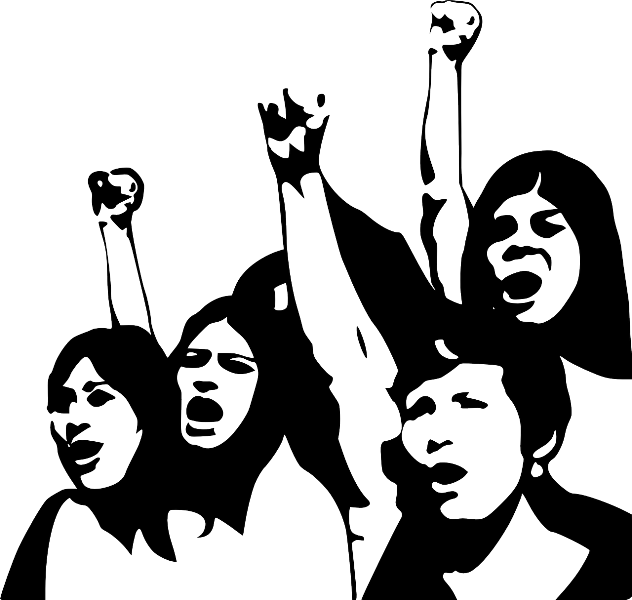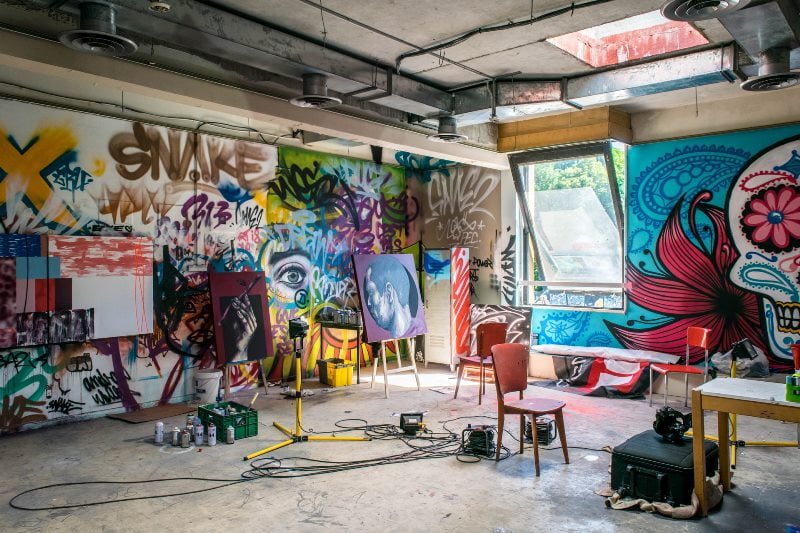MEANING OF DUTIES AND OBLIGATION
DUTIES AND OBLIGATION OF CITIZENS TO GOVERNMENT Respect the head of state and other authorities Hospitality to visitors Exercise of voting right Protection and care for public property Respect or loyalty to national symbols. Stay informed of the issues affecting your community. Respects the rights, beliefs and opinion of others Defend the country if the […]
MEANING OF DUTIES AND OBLIGATION Read More »

